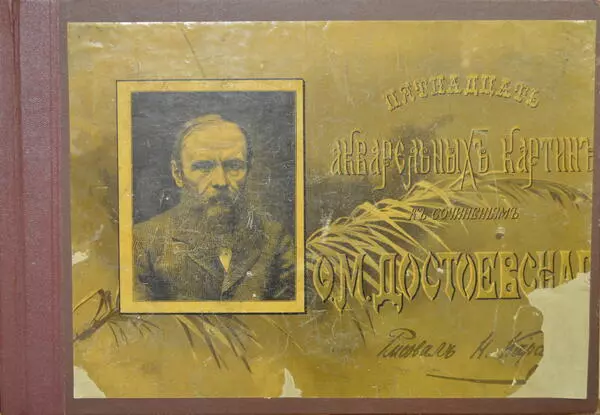The drawing depicting the project of the overpass and the central metro station has a lot to tell about the early history of the Moscow metro. It was created by a Russian war artist and writer, participant of the Central Asian campaigns Nikolay Nikolaevich Karazin (1842–1908).
The first proposal to build a metro in Moscow was made in 1875, but the project never came to fruition. In 1900, the engineers Pyotr Ivanovich Balinsky (1861–1925) and Evgeny Karlovich Knorre (1848–1917) prepared a project for the Moscow Metro. It provided for the construction of an “off-street railway” connecting Zamoskvorechye with Tverskaya Zastava. The engineers proposed to build a central circle with radial lines (in many ways similar to the existing scheme of metro lines). Nikolay Karazin made drawings of the future stations. The project included a grandiose building of the central train station on Vasilyevskaya Square, below St. Basil’s Cathedral and the central station under Theater Square. 67 kilometers of tracks on overpasses and 16 kilometers in tunnels were to be laid to build two ring lines: one along the Boulevard Ring, and the second along the Garden Ring. The project cost was estimated to be 155 million rubles.
The Moscow Archaeological Society sharply criticized the proposals, “The Knorre and Balinsky project strikes with a bold encroachment on what is dear to all Russian people in the city of Moscow, for whom Moscow is a deeply revered monument in terms of shrines, historical memories and ancient structures.” Traditionally apprehensive of progress, the church also spoke out against the subway. Metropolitan Sergius wrote that “the sinful dream and humiliation of a person is an attempt to penetrate into the underworld.” The tram lobby also played an important role as well: in the early 20th century, this type of public transport was very profitable for the treasury. In 1902, the Balinsky-Knorre project was presented to the City Duma, but after long discussions in 1903, it was rejected. Duma considered it premature and deemed its implementation impractical “due to the social and economic characteristics of the city of Moscow.”






